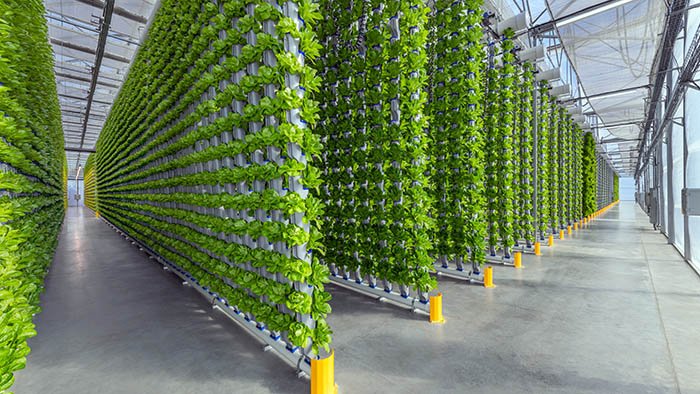A thriving vertical garden depends on two critical factors: high-quality soil and efficient drainage. Unlike traditional gardening, vertical systems require soil that is lightweight yet nutrient-rich, and proper drainage to prevent water buildup and root rot. Whether you are growing herbs, flowers, or vegetables, choosing the right growing medium and implementing good drainage practices will help your plants flourish.
1. Understanding the Role of Soil in Vertical Gardening
Vertical gardens have unique soil requirements due to their compact and elevated structure. The right soil must:
-
Retain enough moisture to keep plants hydrated without becoming waterlogged.
-
Provide essential nutrients for healthy plant growth.
-
Be lightweight to avoid adding unnecessary weight to the structure.
-
Offer good aeration to support root development.
2. Choosing the Best Soil for Your Vertical Garden
Not all soil is suitable for vertical gardening. Here are some recommended soil mixes:
Lightweight Potting Mix
Ideal for most vertical gardens, a high-quality potting mix is formulated for proper moisture retention and drainage. Look for a mix that includes:
-
Peat moss or coconut coir (for moisture retention)
-
Perlite or vermiculite (for aeration and drainage)
-
Compost or organic matter (for nutrients)
Soilless Growing Medium
For hydroponic or aeroponic vertical gardens, soilless growing media such as coconut coir, rock wool, or clay pellets can provide the necessary support while allowing water and nutrients to flow freely.
DIY Soil Mix for Vertical Gardens
If you prefer to make your own soil, a well-balanced mix could include:
-
40% peat moss or coconut coir
-
30% compost for nutrients
-
20% perlite or pumice for aeration
-
10% worm castings or organic fertilizer for added nutrition
3. Ensuring Proper Drainage in Vertical Garden Systems
Without proper drainage, excess water can accumulate, leading to root rot, mold growth, and plant stress. Here’s how to improve drainage in your vertical garden:
Select Containers with Drainage Holes
-
Choose pots, planters, or wall-mounted containers with pre-drilled drainage holes.
-
If using recycled materials like plastic bottles or wooden pallets, drill or puncture holes at the bottom.
Use a Layering Technique
-
Place a layer of gravel, pebbles, or coarse sand at the bottom of each container to promote water flow.
-
Add a layer of activated charcoal to prevent mold and odors, especially in indoor gardens.
Install a Drip Irrigation System
-
Drip irrigation ensures even moisture distribution without overwatering.
-
Consider self-watering planters for low-maintenance watering.
Elevate or Angle Planters
-
Tilting or slightly elevating planters allows excess water to drain away naturally.
-
Arrange stacked planters so that upper containers do not drip excessively onto lower ones.
4. Maintaining Soil Health in a Vertical Garden
Over time, soil in vertical gardens can become compacted or depleted of nutrients. Keep your soil healthy with these practices:
-
Regularly Refresh the Soil: Replace or top up soil with fresh potting mix and compost every few months.
-
Use Mulch: Adding a thin layer of mulch on top helps retain moisture and reduce evaporation.
-
Monitor pH Levels: Different plants thrive in different pH ranges, so test your soil occasionally and adjust as needed.
-
Rotate Plants: To prevent soil depletion, change plant varieties periodically and introduce companion planting.
Final Thoughts
Choosing the right soil and ensuring proper drainage are fundamental to a successful vertical garden. By using a well-balanced, lightweight soil mix and implementing good drainage strategies, you can create a healthy and productive vertical growing system. Whether you’re gardening indoors or outdoors, these practices will help your plants thrive while minimizing common issues such as waterlogging and nutrient depletion. Start optimizing your vertical garden today for lush, vibrant growth!

Comments
No comments yet. Be the first to comment!
You must be logged in to comment. Login